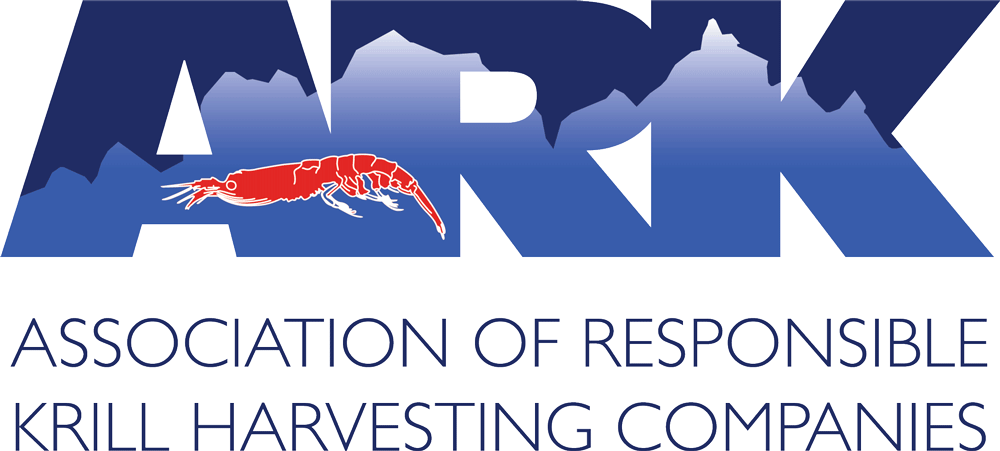Antarctic krill fishery is in “very good condition” according to SFP
The SFP – Sustainable Fisheries Partnership – released its 2019 report on the state of the reduction fisheries (to produce fishmeal and fish oil) of the world. The SFP classifies fisheries according to five key factors:
(i) Management strategy (Is management precautionary?)
(ii) Managers’ compliance (Do fishery managers follow scientific advice?)
(iii) Fishers’ compliance (Do fishers comply?)
(iv) Current health (Is the stock biomass healthy?)
(v) Future health of the stock (Will the stock be healthy in the future?).
In its latest review by SFP, the Antarctic krill fishery scored ≥8 to 10 in all five criteria, being the single fishery classified with an “A” in the sustainability scale, that is, “stocks in very good condition”.
Among the strengths of this fishery, the SFP highlights the good shape of the krill biomass, the agreement on a precautionary catch level that does not affect the total krill biomass, and the fact that current catches are even below this global catch trigger level.
The SFP also reflects on the challenges of this fishery. In particular, the report highlights the absence of reference points in place to assess the real state of the stock, the lack of agreement on smaller spatial management units to avoid local depletion, and the projected impact of climate-change effects on krill populations.
Review the full analysis here.
The harvest control rule for krill in Area 48 is a precautionary catch limit that has the objective of constraining exploitation to a safe level. Conservation Measure 51-07 established trigger levels by subarea. The trigger catch level set corresponds to 11% of the estimated potential yield (catch limit). Total catches have been well below this trigger level and there are several management measures in place.
This measures the set TAC as a percentage of the Advised TAC.
The Set TAC is 620 000 tonnes. The Advised TAC is 620 000 tonnes.
The underlying set TAC/Advised TAC for this index is 100%.
The Catch is 382 000 tonnes. The set TAC is 620 000 tonnes.
The underlying Catch/Set TAC for this index is 61.6%.
A synoptic survey was undertaken in 2019 to estimate the total biomass of krill, which had not been done since 2000. The survey indicated krill biomass around 62,600 million tonnes, slightly above the 2000 survey’s estimate, which suggests that the biomass is in good condition (CCAMLR-38, 2019; SC-CAMLR-38, 2019). However, there is some uncertainty about the status of this resource, with some previous studies suggesting that krill density is declining (Hill et al., 2019). There are indications of an increased risk of localized effects of fishing (SC-CAMLR-XXXV 2016), for which some additional protective measures should be considered.
There is scientific confidence that the current catch level does not affect the total krill biomass (catches are currently less than 0.5% of the biomass estimate). The fishery is operating at catch levels well below what would generally be regarded as a precautionary upper level relative to the best estimates available of stock size (i.e. a precautionary catch limit or PCL). Catch represents less than 1% of the total krill consumption by predators. The management measures and controls in place give good confidence that current catch levels will not affect the total krill biomass adversely. However, catches have been increasing, and in the 2018/19 season catches were the highest value since 1990s (CCAMLR-38, 2019; SC-CAMLR-38, 2019).





